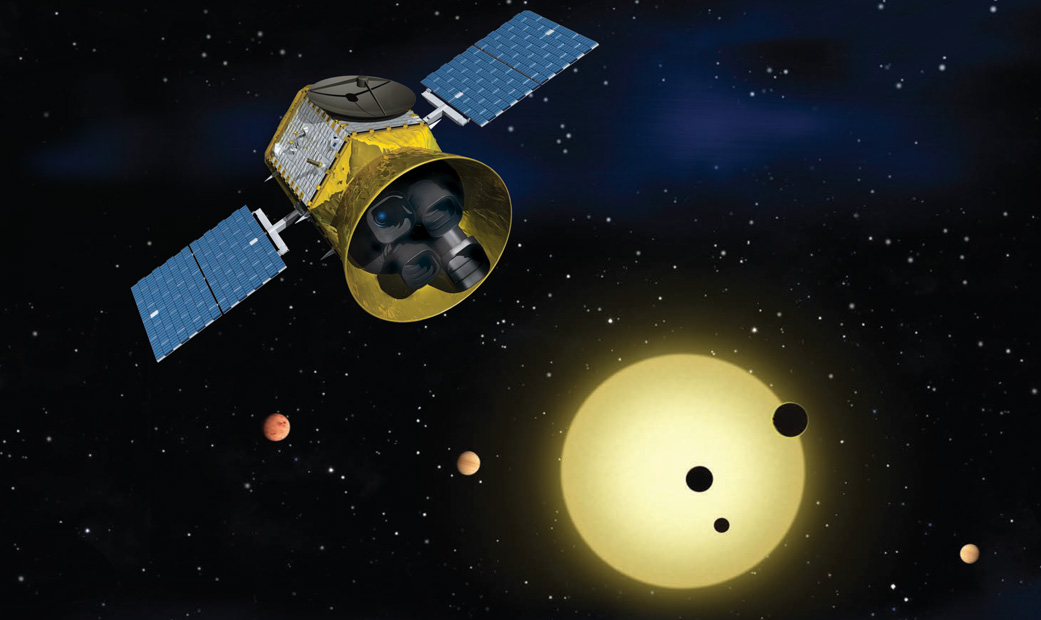NASA and SpaceX delayed the launch of TESS, the Transiting Exoplanet Survey Satellite, from Monday to Wednesday. TESS will spend at least two years looking around for exoplanets — planets around other stars — within about 300 light years from here. A SpaceX rocket will carry TESS into space. They delayed the flight because they needed additional guidance and navigation, but don’t worry, NASA said that TESS is in “excellent health, and remains ready for launch.”
Standing down today to conduct additional GNC analysis, and teams are now working towards a targeted launch of @NASA_TESS on Wednesday, April 18.
— SpaceX (@SpaceX) April 16, 2018
At least 4,000 exoplanets have been discovered over the last 30 years. TESS will find the closest of these planets to Earth and will pinpoint targets for the next generation of telescopes, like the James Webb Space Telescope, to study for clues to their habitability or even inhabitants. TESS has four cameras, which will check the brightness of some 200,000 stars every two minutes, looking for any slight dips that could be a planet eclipsing its home star, writes The New York Times. According to astronomers, TESS could find some 20,000 exoplanets and as many as 500 that are roughly the size of Earth.
Thanks for reading InsideHook. Sign up for our daily newsletter and be in the know.


















